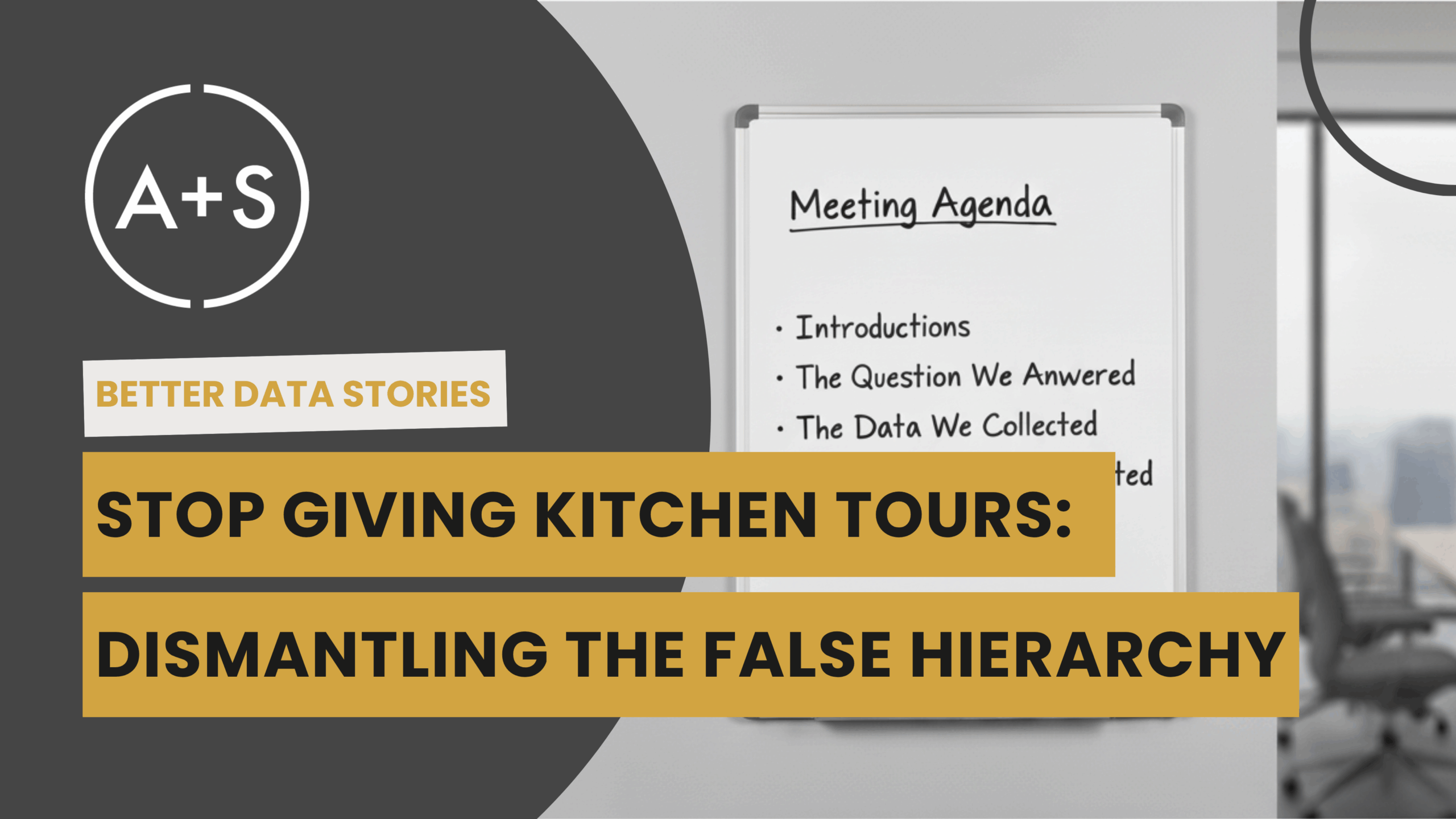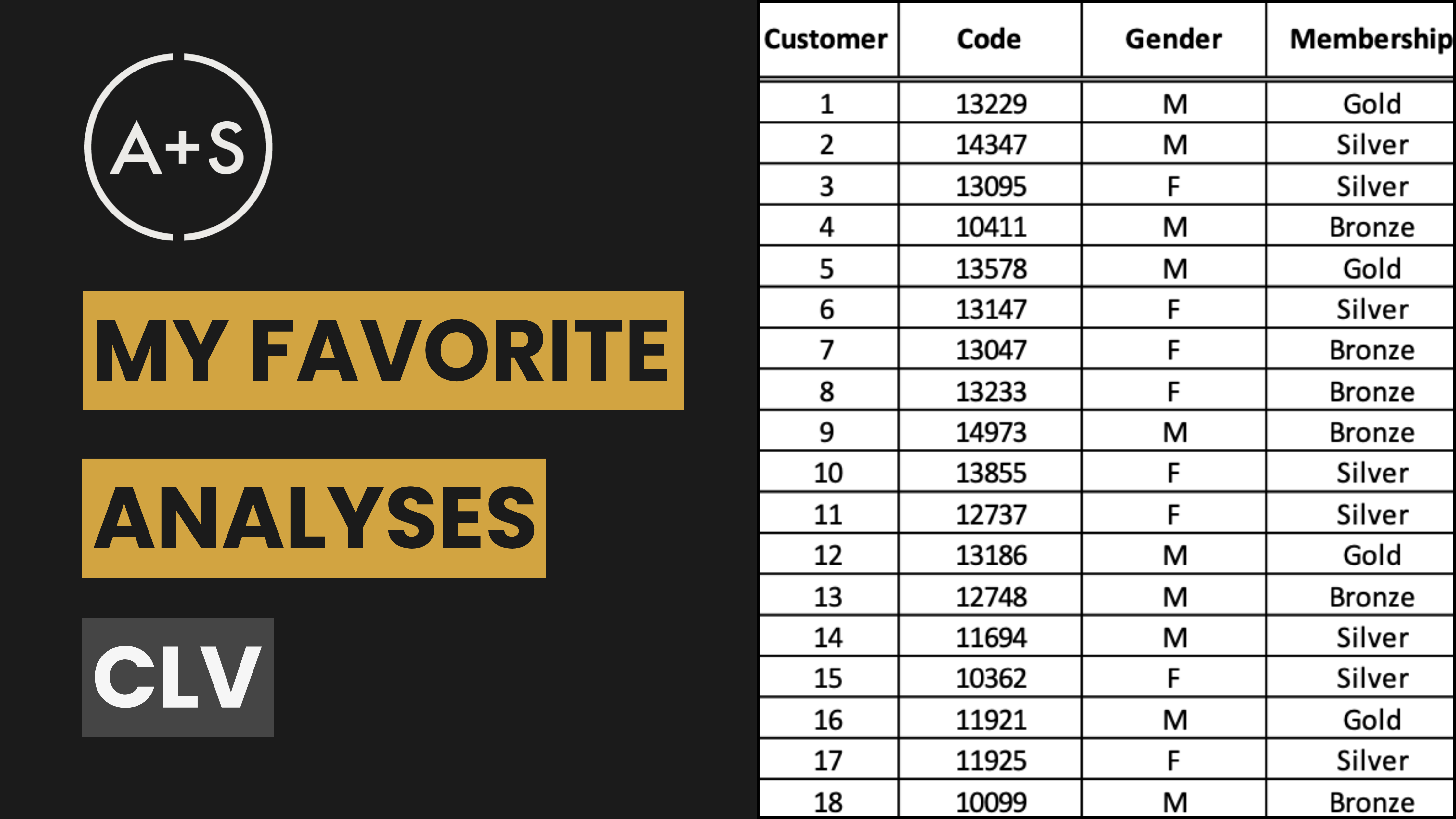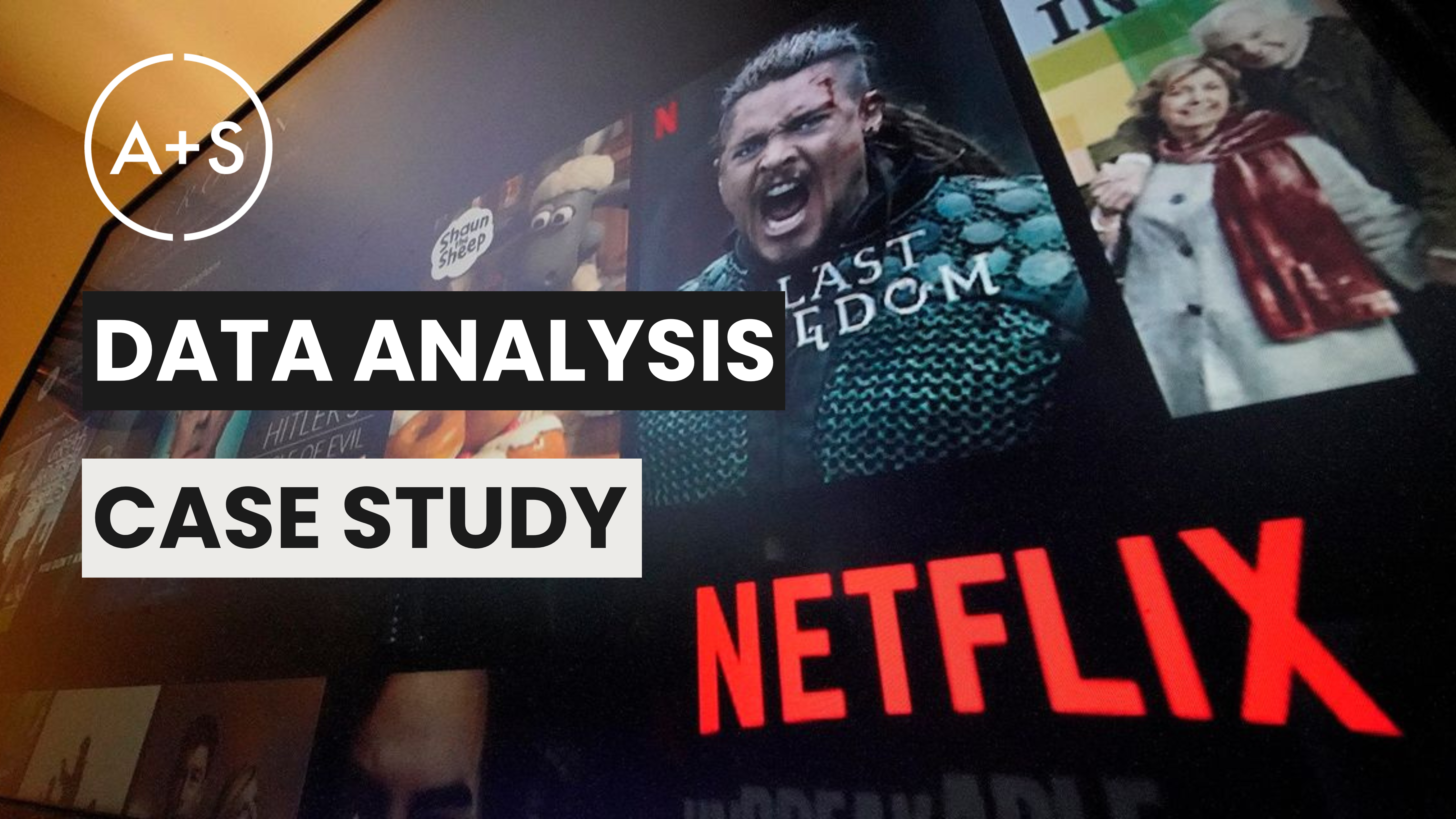Imagine you’re a stakeholder. You jump onto a Zoom call about an analysis you asked for last week. An analyst begins to present. They start with the business question—which you already know. Then they walk you through their methodology, their data sources, and their cleaning process. Ten minutes are gone. You are being given a tour of the kitchen, but you’re starving. You don’t need the ingredients; you need the meal.
This isn’t a hypothetical. This is the experience we force upon our stakeholders.
We fall victim to a structural flaw called the False Hierarchy. We present the story of our analytical journey, believing it builds a logical case. Instead, it builds a maze. It respects our process but disrespects our audience’s time. This single mistake guarantees our most valuable insights are buried before they are ever heard.
The Core Concept
The False Hierarchy is the default structure for most analytical presentations because it mirrors our own process of discovery. It moves chronologically:
- Here’s the question I started with.
- Here’s the data I gathered.
- Here are the interesting things I found along the way.
- And finally, here’s the answer.
This structure feels logical to the analyst because it’s the story of their work. But to an audience, it’s all backstory and no plot. The hierarchy is “false” because it elevates the process above the outcome. It forces stakeholders to hold a dozen disconnected facts in their minds, waiting for a payoff that never arrives.
Think of it this way: A great chef delivers a finished plate. The dish is the hero. The story of how the onions were diced is irrelevant. The False Hierarchy is the analytical equivalent of forcing your stakeholders to watch you cook. It’s tedious, confusing, and it ruins their appetite for the main course.
The Strategic Framework
The False Hierarchy fails because it is a chronology, not a narrative. It has no engine. To persuade, you need a structure engineered to create tension and deliver a resolution. You need a true story. The most powerful framework for building this story is the Situation-Complication-Question-Main Message (SCQM) model. It is the specific architectural antidote to the False Hierarchy, built on three core pillars of persuasive strategy.
- From Reporter to Architect. The False Hierarchy is the product of a reporter’s mindset. You are simply reporting facts in the order you found them. This is a passive role. To be effective, you must become an architect. Your job is not to document your journey; it is to architect a moment of clarity for your audience. You are deliberately designing a structure that leads to a specific, inevitable conclusion.
- Narrative Tension. The human brain is wired for story. Stories are not about data; they are about tension and resolution. The False Hierarchy has no tension. It is a flat recitation of facts. The SCQM framework is designed to manufacture tension. It starts with a stable Situation, introduces a disruptive Complication, and creates an urgent Question. This sequence creates an intellectual void in your audience’s minds, leaving them primed and waiting for the resolution.
- Engineered Conclusion. The old model forces your audience to connect the dots—a cognitive burden that guarantees they will disengage. This new framework does the work of synthesis for them. By guiding them through a logical narrative, your final message is not just another data point. It is the engineered, satisfying, and logical conclusion to the story you have built. You have not just shown them an answer; you have made them feel its necessity.
The Analyst’s Playbook
This is not theory. This is the tactical blueprint for building a persuasive SCQM narrative. Use these five steps to re-architect your next presentation.
- State the Situation. Open your project by writing one sentence that describes the status quo. It must be a fact your audience already knows and accepts. Example: “Our goal in Q3 was to increase marketing-qualified leads by 10%.” This gets every head nodding.
- Define the Complication. Now, introduce the disruption. What changed? What is the “however” or the “but”? Example: “We achieved a 15% increase in leads, but the sales team reports that lead quality has declined significantly.” This creates the problem.
- Frame the Core Question. Turn the Complication into a focused, analytical question. Your entire presentation will answer this. Example: “What specific marketing channel is driving the decrease in lead quality?”
- Deliver Your Message. This is your answer. It must be a direct, declarative sentence that resolves the Question. Example: “Our analysis shows that 80% of the low-quality leads originated from our new paid social campaign.”
- Prove Your Message. Now, and only now, do you show your charts. Select only the vital few visuals that directly prove your Message. Everything else goes in the appendix. Your main deck is no longer a kitchen tour. It is a closing argument.
Final Thoughts
Your analytical journey is essential. Your rigor and process are what create value. But that journey is for you, not your audience. They hired an expert to give them the destination, not a tour guide to show them the path.
Your job is not to show your work; your job is to make the conclusion of that work so clear and compelling that it feels inevitable. Stop reciting the chronology of your work. Deliver a story—a Situation, a Complication, a Question—that makes your conclusion (your Main Message) the only possible resolution. This is the shift that separates analysts who get heard from those who get ignored.
Keep Analyzing!




